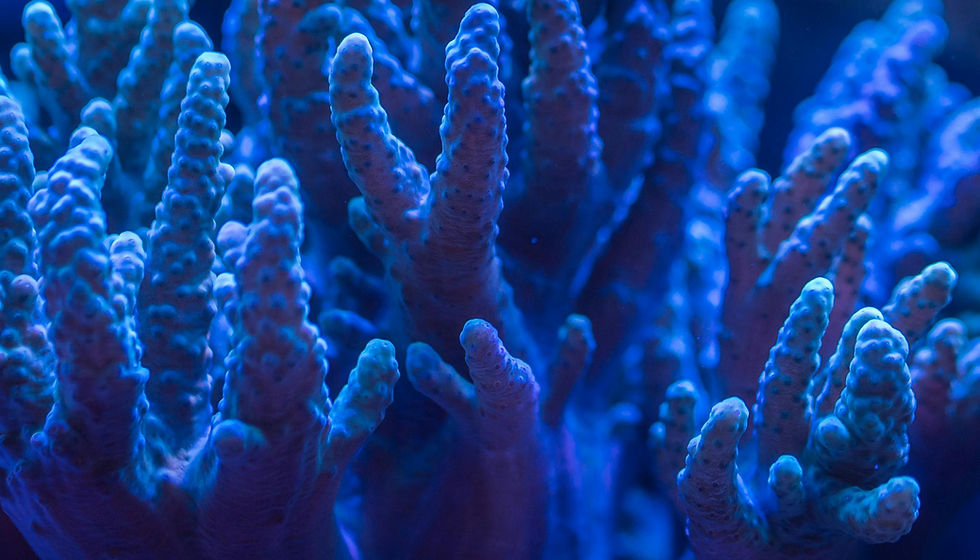
Boost Coral Growth with Isochrysis galbana — Golden Live Phytoplankton from PodDrop for Reef Vitality and Larval Success
Isochrysis galbana, known for its golden-brown hue and high DHA content, is a premium microalga essential for coral larvae, clams, and copepods. Its rich fatty acid profile promotes faster growth, stronger pigmentation, and improved feeding response throughout the reef ecosystem.
SCIENTIFIC PROFILE
-
Cell Size: 4–6 µm (motile, biflagellated)
-
Pigments: Chlorophyll a, c, fucoxanthin
-
Nutritional Profile: High DHA (Omega-3), sterols, carotenoids
-
Reproduction: Rapid cell division; cultures thrive with gentle aeration
APPLICATIONS IN REEF AQUARIA
-
Clam & Bivalve Nutrition: DHA-rich profile supports shell growth and metabolic function.
-
Larval Fish Rearing: Critical for marine fish hatcheries due to high DHA.
-
Corals & NPS Species: Enhances feeding and tissue growth.
-
Copepod Diet: Stimulates reproduction in Apocyclops and Tigriopus.
CULTURE & MAINTENANCE
-
Temperature Range: 72–80 °F optimal
-
Salinity: 25–35 ppt
-
Light: 16–20 hr photoperiod with moderate intensity
-
Aeration: Gentle bubbling prevents sedimentation and supports motility
CONCLUSION
Isochrysis is the DHA powerhouse of phytoplankton, fueling clams, corals, copepods, and larval fish. It is a vital species for advanced reef keepers and aquaculture systems.
FREQUENTLY ASKED QUESTIONS
Q: What makes Isochrysis different from other phytoplankton?
A: Isochrysis is high in DHA fatty acids, which are vital for clams, corals, larval fish, and copepods.
Q: Is Isochrysis good for copepods?
A: Yes, it enhances reproduction, particularly in Apocyclops and Tigriopus species.
Q: How often should I add Isochrysis to my reef?
A: 3–5 times per week or as part of a daily phyto rotation. It is especially important for clam and coral health.
Q: Will Isochrysis grow in my tank?
A: No, phytoplankton will be consumed quickly or removed by filtration. Regular dosing is necessary.



















